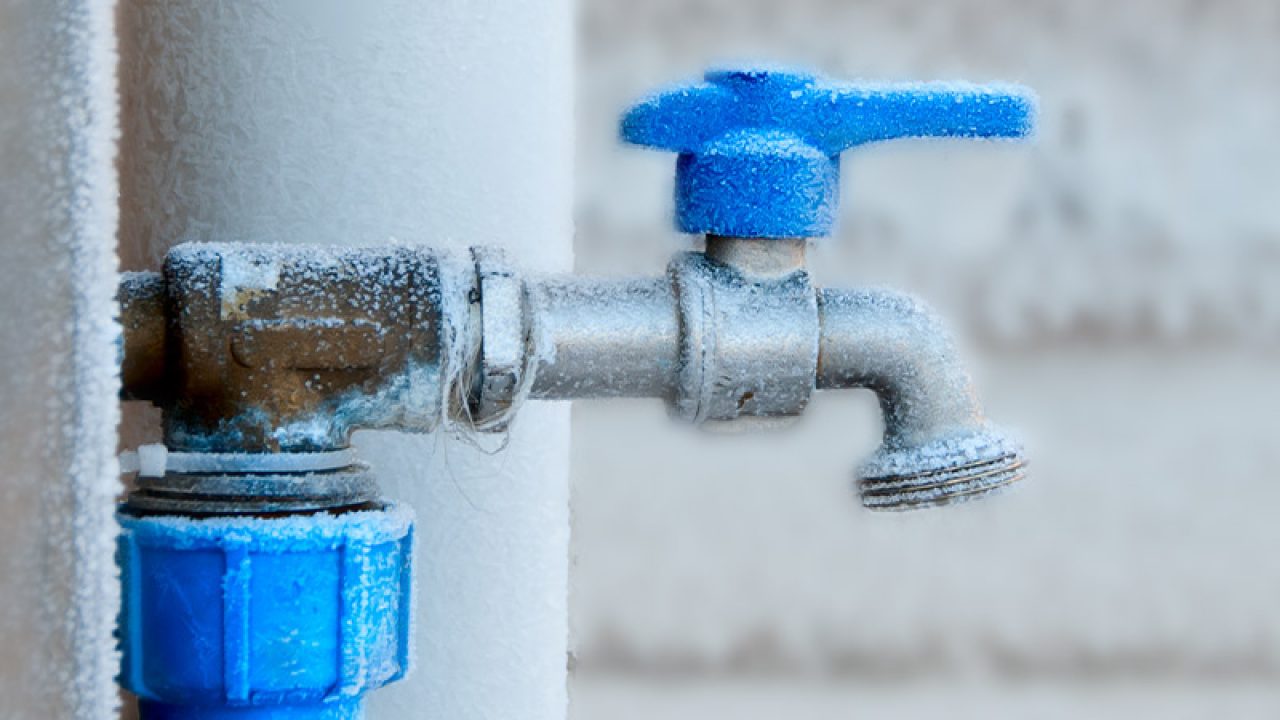Crucial Advice for Avoiding Frozen Pipes in Winter Conditions
Crucial Advice for Avoiding Frozen Pipes in Winter Conditions
Blog Article
What're your ideas on Winter Plumbing Precautions: Preventing Frozen Pipes?

Cold weather can damage your plumbing, particularly by freezing pipelines. Here's exactly how to stop it from taking place and what to do if it does.
Intro
As temperature levels decrease, the threat of icy pipes boosts, potentially bring about expensive repair work and water damages. Recognizing how to stop icy pipes is critical for homeowners in cold environments.
Understanding Icy Pipes
What triggers pipes to freeze?
Pipelines ice up when exposed to temperatures listed below 32 ° F (0 ° C) for expanded durations. As water inside the pipes freezes, it expands, taxing the pipeline wall surfaces and potentially causing them to burst.
Threats and damages
Icy pipelines can bring about supply of water disturbances, residential or commercial property damage, and pricey repairs. Burst pipes can flooding homes and cause comprehensive architectural damage.
Indications of Frozen Water Lines
Identifying frozen pipes early can stop them from breaking.
Exactly how to identify icy pipelines
Try to find decreased water circulation from faucets, uncommon smells or noises from pipelines, and noticeable frost on revealed pipes.
Prevention Tips
Protecting prone pipelines
Wrap pipes in insulation sleeves or make use of warmth tape to shield them from freezing temperature levels. Focus on pipelines in unheated or external locations of the home.
Heating techniques
Keep indoor spaces effectively heated, specifically areas with pipes. Open closet doors to allow cozy air to flow around pipelines under sinks.
Securing Outside Pipes
Garden pipes and exterior faucets
Disconnect and drain garden hose pipes before wintertime. Mount frost-proof faucets or cover outside faucets with insulated caps.
What to Do If Your Pipes Freeze
Immediate activities to take
If you believe icy pipes, keep faucets available to eliminate stress as the ice thaws. Make use of a hairdryer or towels taken in warm water to thaw pipelines slowly.
Long-Term Solutions
Structural adjustments
Consider rerouting pipelines far from outside wall surfaces or unheated areas. Add extra insulation to attic rooms, cellars, and crawl spaces.
Upgrading insulation
Purchase top notch insulation for pipes, attics, and wall surfaces. Appropriate insulation helps keep regular temperatures and reduces the threat of icy pipes.
Verdict
Preventing icy pipes requires aggressive actions and quick reactions. By understanding the reasons, indications, and safety nets, house owners can safeguard their pipes during winter.
5 Ways to Prevent Frozen Pipes
Drain Outdoor Faucets and Disconnect Hoses
First, close the shut-off valve that controls the flow of water in the pipe to your outdoor faucet. Then, head outside to disconnect and drain your hose and open the outdoor faucet to allow the water to completely drain out of the line. Turn off the faucet when done. Finally, head back to the shut-off valve and drain the remaining water inside the pipe into a bucket or container. Additionally, if you have a home irrigation system, you should consider hiring an expert to clear the system of water each year.
Insulate Pipes
One of the best and most cost-effective methods for preventing frozen water pipes is to wrap your pipes with insulation. This is especially important for areas in your home that aren’t exposed to heat, such as an attic. We suggest using foam sleeves, which can typically be found at your local hardware store.
Keep Heat Running at 65
Your pipes are located inside your walls, and the temperature there is much colder than the rest of the house. To prevent your pipes from freezing, The Insurance Information Institute suggests that you keep your home heated to at least 65 degrees, even when traveling. You may want to invest in smart devices that can keep an eye on the temperature in your home while you’re away.
Leave Water Dripping
Moving water — even a small trickle — can prevent ice from forming inside your pipes. When freezing temps are imminent, start a drip of water from all faucets that serve exposed pipes. Leaving a few faucets running will also help relieve pressure inside the pipes and help prevent a rupture if the water inside freezes.
Open Cupboard Doors
Warm your kitchen and bathroom pipes by opening cupboards and vanities. You should also leave your interior doors ajar to help warm air circulate evenly throughout your home.

We hope you enjoyed reading our post on Winter Plumbing Precautions: Preventing Frozen Pipes. Thank you for finding the time to read our blog post. I beg you take the time to distribute this blog entry if you appreciated it. Kudos for your time. Kindly pay a visit to our site back soon.
Instant Quote Report this page